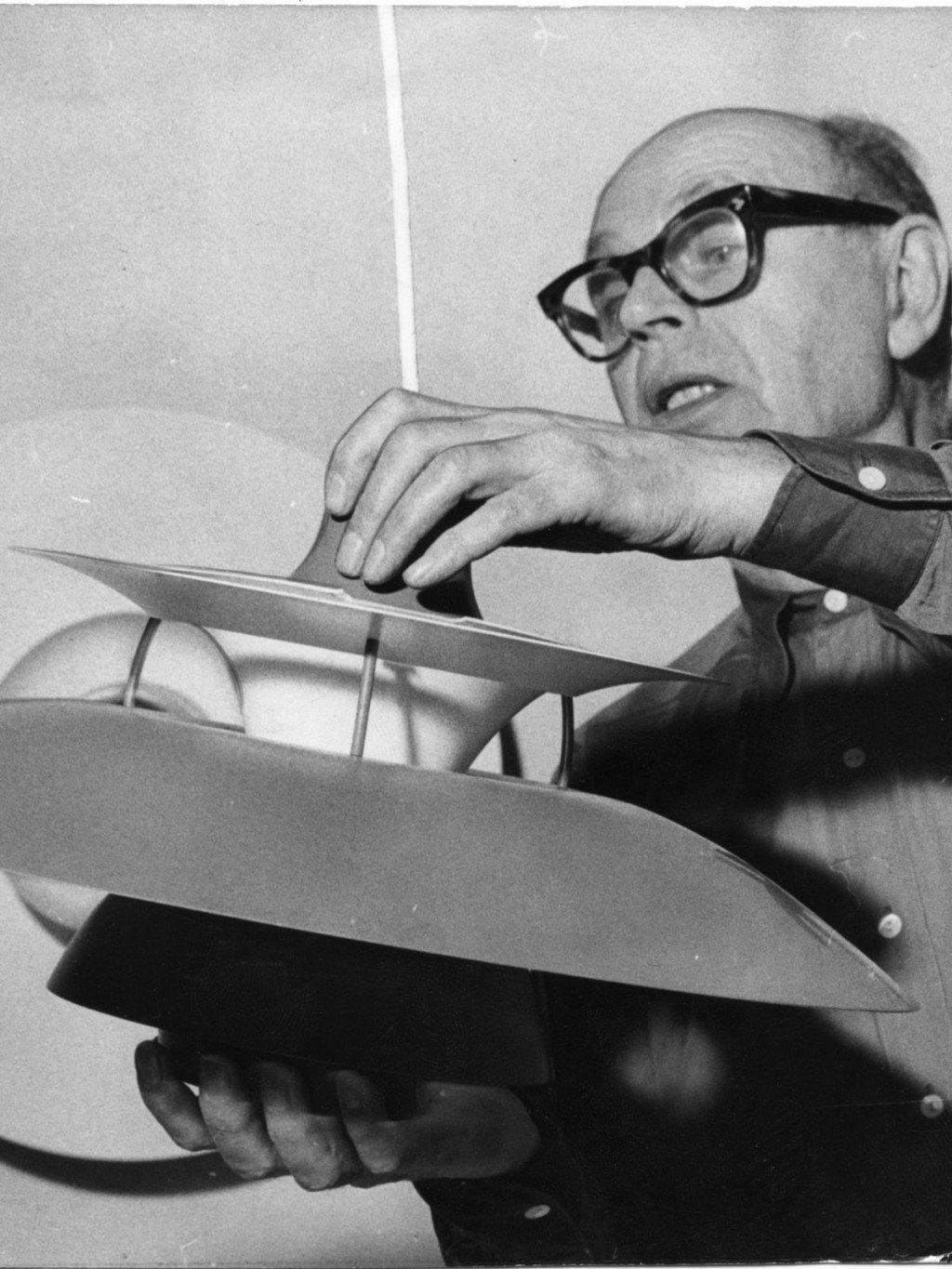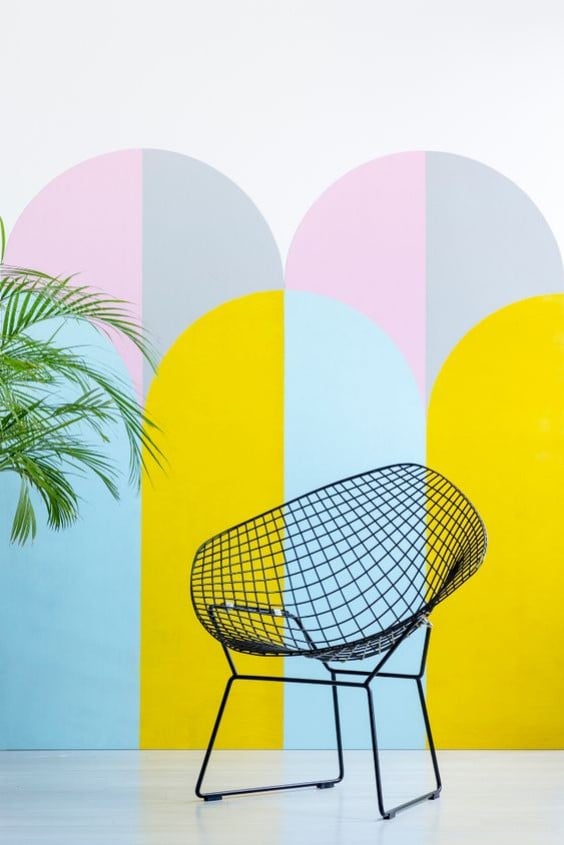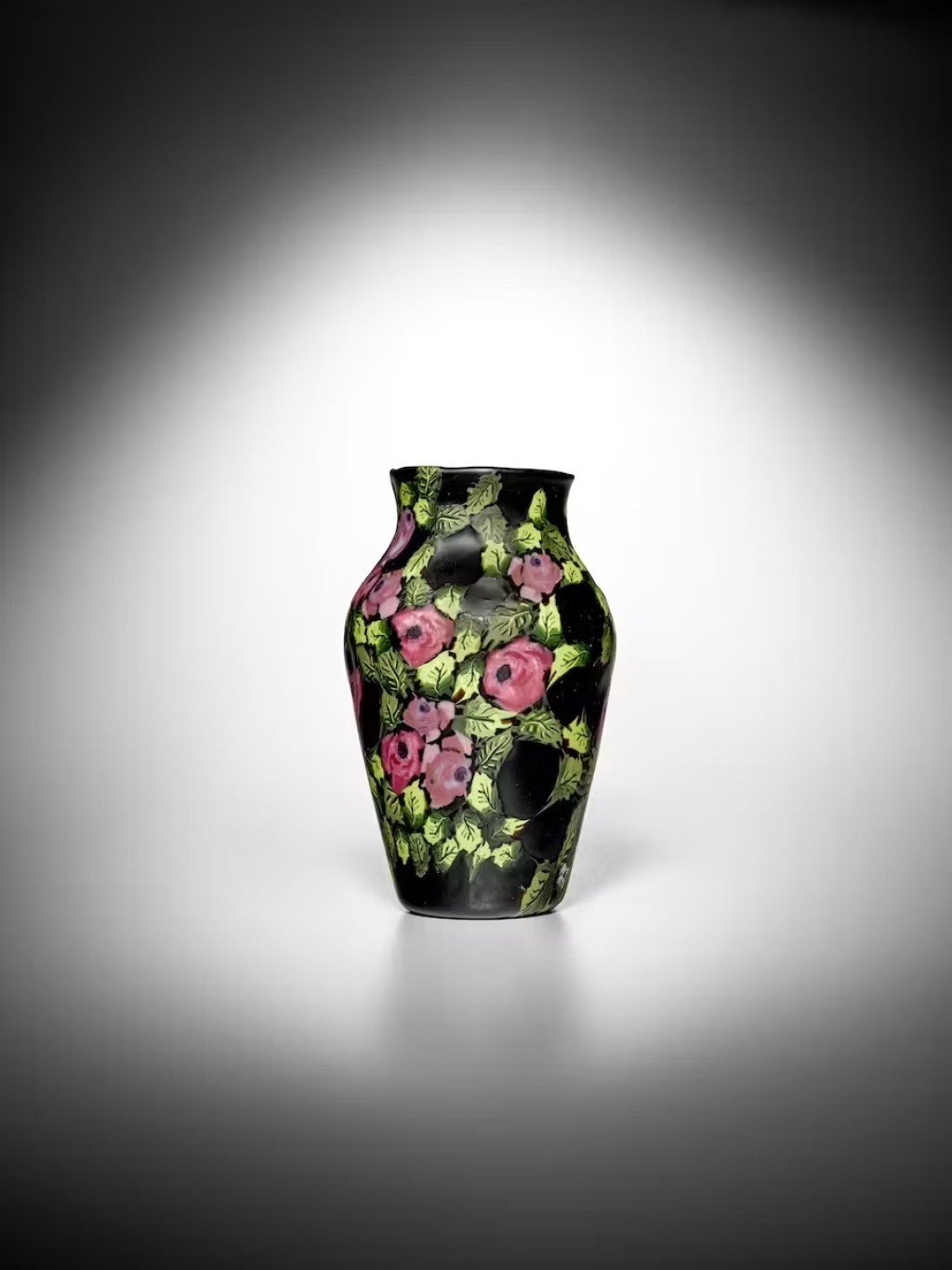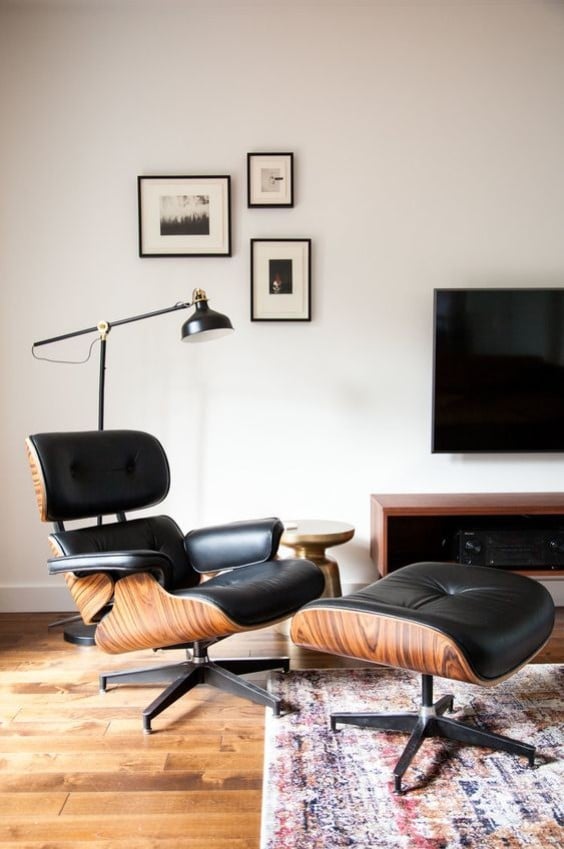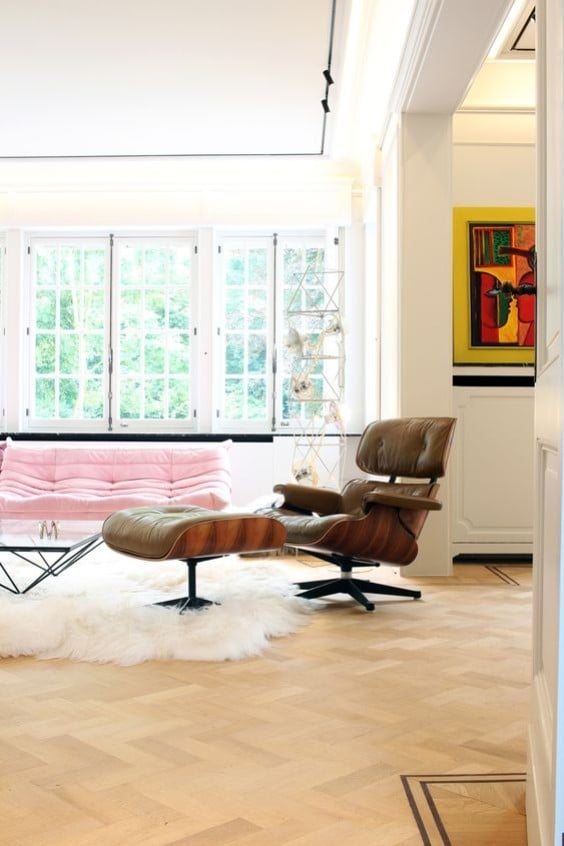The name JANSEN remains forever attached to French know-how in interior design and architecture. The House of Jansen embodied French elegance in furnishings throughout the world for a century. It is this singular history that I propose to relive today, focusing on the "crazy" years (1920-1970) which made the reputation of this prestigious interior design company which was among the most influential of the 20th century. It is also an opportunity to rediscover the work of French decorator Stéphane BOUDIN, to whom Maison Jansen owes a great deal.

Picture credit : Design Market

Photo credit: Design Market
The history of Maison Jansen began in 1880 when Dutch Duke Jean-Henri Jansen (1854-1928) founded the eponymous furniture house in Paris. At the beginning, Maison Jansen mixed the classical styles of the past (18th and 19th centuries) with the trends of the moment. For furniture, it was inspired by the Anglo-Japanese style, the Arts and Crafts movement and the Turkish style. The company does not have manufacturing workshops, it recovers old furniture or places orders for furniture designed by cabinetmakers.
Maison Jansen grows at the turn of the twentieth century, its order book fills with an international reputation. What's more, the company now makes exact copies of traditional and luxurious furniture pieces (antique design from the Louis XIV, Louis XVI, Directoire and Empire eras) itself. Its choice to produce traditional furniture pieces as well as contemporary furniture is a winning one. The company has the intelligence to work with renowned contemporary craftsmen such as cabinetmakers François Linke and Joseph Emmanuel Zwiener, and collaborates with Art Deco decorator Jean-Michel Frank to deliver unique pieces to its clients.



While Art Deco was making a breakthrough in France, Maison Jansen had already established an international reputation. 3 characteristics mark this house specialized in interior design. First of all, it masters the entire global chain of production and furnishing: from the design of furniture (drawing) to the global fitting out of rooms, villas, palaces, including their manufacture. It is the first design company to have made its name a brand. Finally, it is the 1st global design company.

But it was under the impetus of French decorator Stéphane Boudin (1888-1967), who joined the company in 1920 and became its Director, that Maison Jansen became a fixture in luxury furniture. Thanks to his talent, the company is now able to design entire sets. Stéphane Boudin knows how to mix historical periods, he integrates history in the scenography of the rooms he designs and the great ones of this world praise the "dramatic" impression of his design. Maison Jansen thus works completely independently, as it markets and distributes its projects, in addition to the manufacturing it does.
Under the direction of Stéphane Boudin, Maison Jansen became the official decorator for royal families and major figures in the social milieu (the royal families of Belgium, Iran and Serbia, the Duke and Duchess of Windsor, Elsie de Wolfe, Lady Olive Baillie, Coco Chanel, the Rockefellers, the oil tycoon Charles Bierer, etc.)




In the 1930s, Maison Jansen's Parisian workshop employed as many as 700 top craftsmen! (cabinet making, upholstery, lacquering, gilding, bronze, lighting). Over the years, the company hired some of the great designers of the time, such as Pierre Delbée and later Serge Robin. The Maison Jansen trademark? A timeless style, inspired by the best of the Decorative Arts of past periods, combined with a high quality of execution of the furniture pieces. The company excels in the research of past design (shapes, colors and materials) which remains, whatever the period, timeless. It represents a French chic with a certain refinement in the marriage of styles.


Among the iconic projects landed by Maison Jansen and Stéphane Boudin was the renovation of various rooms in the White House desired by Jackie Kennedy in 1961-1962. Stéphane Boudin supervised the renovation of the decoration with the self-taught American antiques dealer Henry Francis du Pont. Thus, Boudin begins by taking care of the "Red Room". He advises to upholster in cherry silk (pinkish red) the walls of the room, a proposal validated by the 1st Lady. And it was again on his advice, that an American Empire style and furniture upholstered in cherry red silk were chosen for the Red Room, matching the color of the walls.


During the renovation of the various White House salons, Stéphane Boudin so impressed Jackie Kennedy, that the latter entrusted him with the complete art direction of the Green Room (Green Room), the Cabinet Room and the Oval Office! Moreover, to avoid offending American public opinion with the intervention of a French interior decorator, the Kennedy administration carefully avoids mentioning in a 1er time the director of Maison Jansen...


After this golden parenthesis of the 1960s, Maison Jansen continued its activity and produced furniture that was intended to be more accessible and that the customer could customize ("Jansen Collection" by Pierre Deshayes). Nevertheless, the gradual disappearance of the great royal and noble families, the decrease in the number of large bourgeois residences and the lack of adaptation to the evolution of tastes and modern design precipitated the end of the adventure. In 1989, Maison Jansen closed its doors. Today, collectors are snatching up some of the most beautiful models signed by the famous Parisian house that made the great ones of this world so dreamy...
François Boutard

